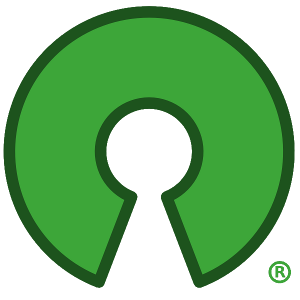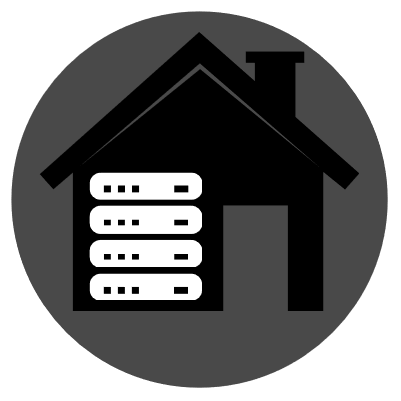

I use a private Piped instance
An average internet user


I use a private Piped instance


We all have our own opinions :)
Can you give more details about mesh hubs? A quick search only returns stuff related to wifi.


None of those work on Android, which is where I’ll probably be the most active.
I’ve seen weechat recommended elsewhere too, I’ll probably use it as desktop client.


The Lounge is how I got into IRC and it’s very good! However, the web UI isn’t that great on mobile, which led me to check out Android IRC apps and bouncers to sync everything across clients.


Neo Launcher supports that, but has no new builds since 2022, though development is ongoing


The Geneva Suggestion
My earbuds exploding while I’m using them


Yes, searxng is indeed making requests to all configured search engines.
The intended use of searxng is to proxy searches for many users, making tracking individuals difficult for the search engines, since everyone’s data is mixed together.
Using searxng does however also bring some benefits if used by one person only:
I personally use a private instance mostly because I like the simple search results page.
Before anything, you’ll want to create a folder for the unix socket:
mkdir /var/run/ytproxyand chown it to your reverse proxy’s user and group.The Docker files:
compose.yml
services: piped-frontend: image: 1337kavin/piped-frontend:latest container_name: piped-frontend environment: BACKEND_HOSTNAME: $API_ENDPOINT depends_on: - piped restart: unless-stopped networks: - proxy piped-proxy: image: 1337kavin/piped-proxy:latest container_name: piped-proxy environment: - UDS=1 volumes: - /var/run/ytproxy:/app/socket # unix socket location user: 1000:1000 restart: unless-stopped networks: - proxy piped: image: 1337kavin/piped:latest container_name: piped-backend volumes: - ./piped/config/config.properties:/app/config.properties:ro depends_on: - piped-db restart: unless-stopped networks: - backend_piped - proxy piped-db: image: pgautoupgrade/pgautoupgrade:16-alpine container_name: piped-db environment: - POSTGRES_DB=$DB_NAME - POSTGRES_USER=$DB_USER - POSTGRES_PASSWORD=$DB_PASS volumes: - ./piped/pgdb:/var/lib/postgresql/data restart: unless-stopped networks: - backend_piped networks: backend_piped: proxy: external: true.env
API_ENDPOINT= # no scheme prefix (ex. pipedapi.domain.example) DB_NAME= DB_USER= DB_PASS=To configure the reverse proxy (I use nginx), you can use Piped’s recommended files with your domains. The linked repo also contains a template for the required
config.properties.Let me know if you run into issues, I’ll be glad to help 🙂